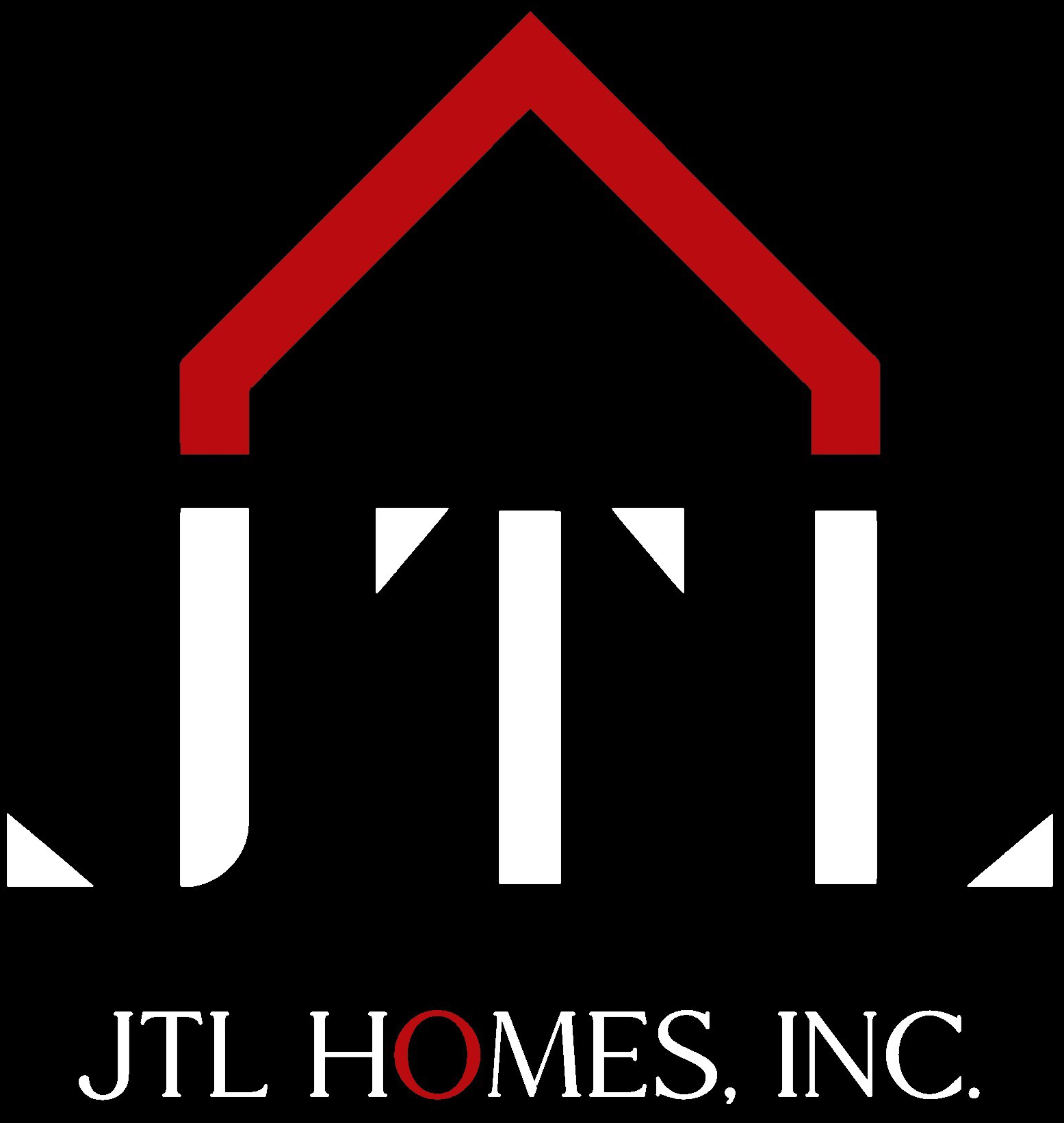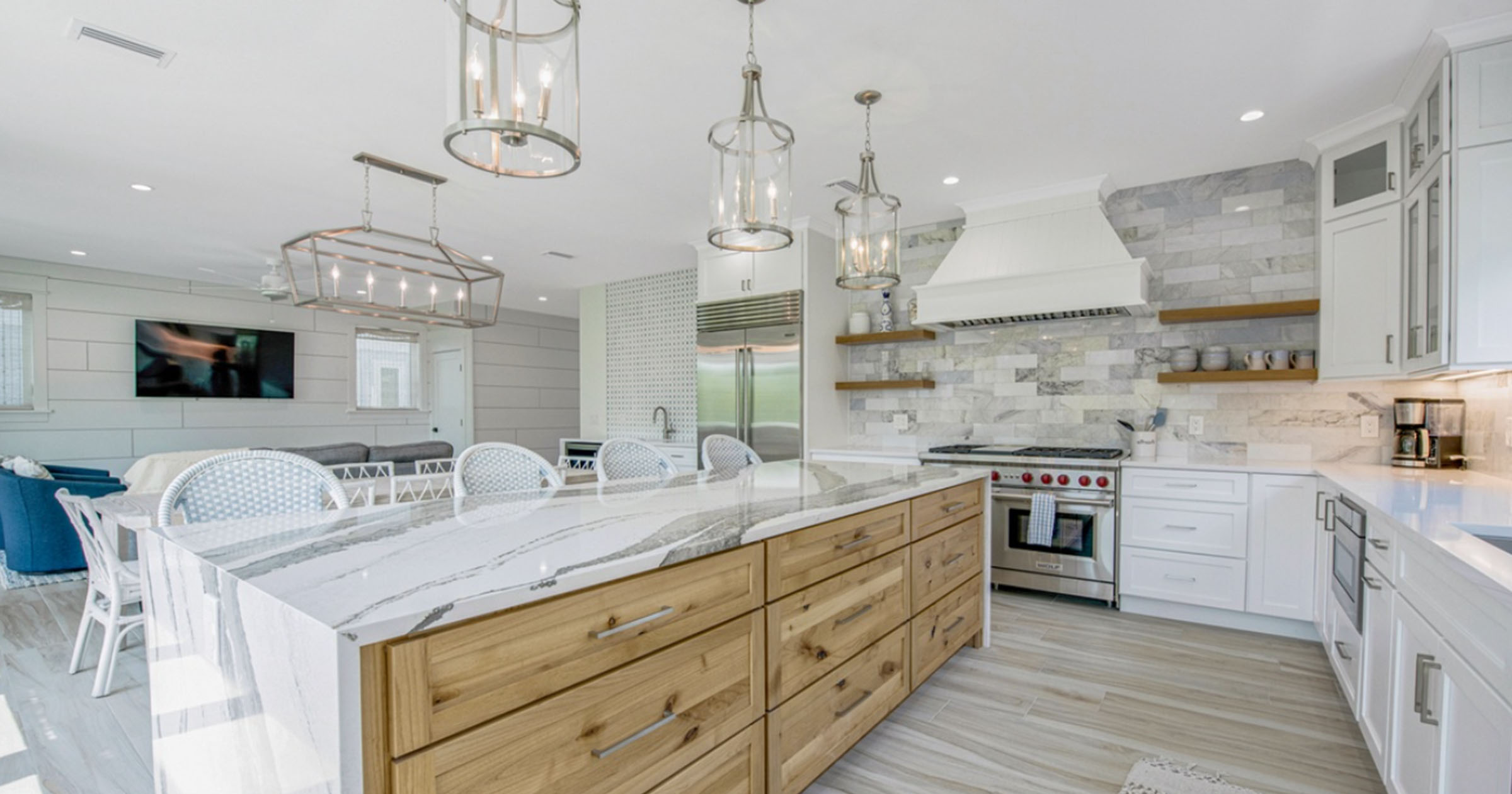
When it comes to luxury kitchens in today’s real estate landscape, the focus is increasingly on personalized spaces that combine beauty with functionality. Modern luxury kitchens go beyond basic cooking facilities—they are the centerpiece of a home, reflecting both lifestyle and taste. As a luxury custom home architect, understanding current trends in high-end kitchen design is crucial for creating spaces that meet client expectations and elevate property value.
Custom Cabinetry: Personalization Meets Practicality
Custom cabinetry is at the heart of luxury kitchen design. Unlike mass-produced cabinets, custom options offer materials, finishes, and configurations tailored to the homeowner’s needs. Cabinetry’s role extends beyond storage, affecting the kitchen’s overall aesthetic and functionality.
Materials like walnut or rift-cut oak provide a sophisticated appearance and improve with age. Additionally, integrating mixed materials, such as combining metals with organic wood finishes, is increasingly popular, providing both contrast and cohesion. A focus on sustainability is driving the use of reclaimed woods and low-VOC finishes, appealing to environmentally-conscious homeowners.
Professional-Grade Appliances: A Chef’s Dream
The inclusion of professional-grade appliances is an unmistakable trend in luxury kitchens. Brands like Sub-Zero, Wolf, and Miele have become synonymous with high performance and reliability. Homeowners are seeking the precision and control of commercial kitchens but with an aesthetic suitable for a residential environment.
Advanced technology is a key factor, with induction cooktops offering precise temperature control and speed, while saving energy compared to traditional gas stoves. Steam ovens are gaining traction, providing a healthier way to prepare meals by preserving nutrients better than conventional ovens. Integrated devices that communicate with other smart home tech add a layer of convenience expected in these spaces.
Innovative Layouts: Maximizing Space and Flow
Open-concept layouts have evolved from trend to staple in luxury kitchens. This approach fosters seamless interaction between the kitchen and adjacent living areas, reflecting the social aspect of today’s homes. However, there is a noticeable shift towards defined areas that balance openness with intimate, functional zones.
The addition of sculleries or secondary kitchens is increasingly sought after. These spaces allow the main kitchen to remain pristine while accommodating food preparation and cleanup away from guests. Another concept gaining traction is the “broken plan” layout, which incorporates partial walls, shelving, or islands to create distinct areas without compromising openness.
Smart Technology: The Connected Kitchen
The integration of smart technology is reshaping how luxury kitchens operate. Smart refrigerators with touchscreen displays offer features like inventory tracking and recipe suggestions based on available ingredients. Cooking is made smarter too; Bluetooth-enabled appliances can be controlled via smartphones, enhancing convenience and precision.
Voice-activated systems allow homeowners to control kitchen lighting, temperature, and music hands-free, creating a seamless cooking experience. As technology advances, the smart kitchen will continue evolving, providing enhanced efficiency and ease in our culinary spaces.
High-Quality Surfaces: Form and Functionality
Countertops in luxury kitchens champion durability and elegance. Engineered quartz remains popular due to its resilience and non-porous nature, making it ideal for frequent use. Marble retains its status as a luxurious option, valued for its classic appeal, although it requires vigilant care to prevent staining.
Increasingly, homeowners opt for bold veined patterns that make countertops focal points. Large-format slabs minimize seams, presenting a sleek surface conducive to refined aesthetics. Statement backsplashes employing unique materials like mother-of-pearl or intricately patterned tile also provide both practical splash guards and visual allure.
Lighting: Enhancing Ambiance and Practicality
Effective lighting is crucial to a luxury kitchen’s success, serving both aesthetic and functional purposes. Layered lighting techniques—combining ambient, task, and accent lighting—create versatile spaces conducive to a wide range of activities.
LED technology is predominant due to its energy efficiency and long lifespan. Customizable LED strips can highlight architectural features, such as under-cabinet or toe-kick areas, enhancing both safety and ambiance. Statement light fixtures, like pendant lights over islands, double as decorative elements, adding a personal touch to kitchen design.
The Role of Color: Subtlety and Sophistication
While white kitchens remain popular for their timeless allure, there is a growing interest in deeper, moodier color palettes. Dark tones like navy and charcoal bring depth and drama to kitchens; when paired with warm metallics, they exude sophistication and warmth.
Natural hues, inspired by greenery and earth tones, provide a calming effect, while rich blues or emeralds infuse energy. These shades allow personal expression and can blend seamlessly with varied design elements.
Conclusion
Luxury kitchens in contemporary custom homes focus on merging aesthetics with high functionality. Through personalized cabinetry, professional-grade appliances, and smart technology integration, these spaces embody modern luxury living. Whether through innovative layouts or the thoughtful application of color and materials, luxury kitchen design continues to cater to discerning tastes while embracing sustainability and technological advancements. As these trends evolve, they offer exciting possibilities for creating culinary spaces that are the centerpiece of every luxury home.


